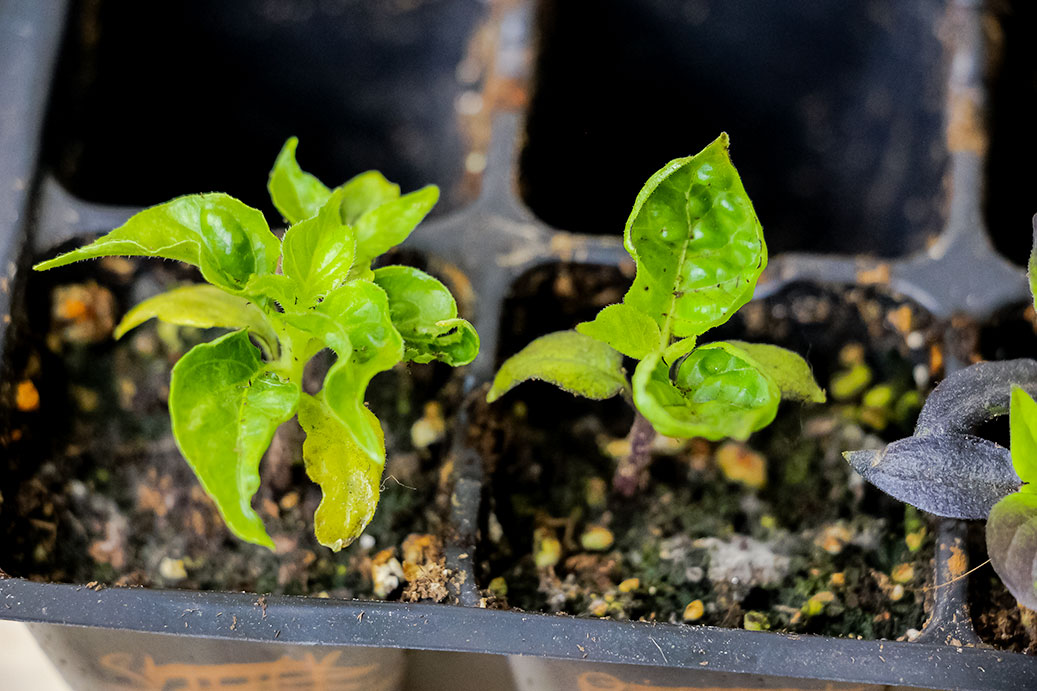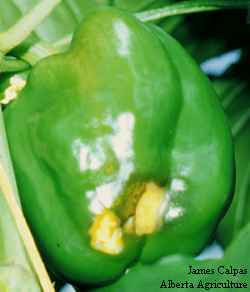Cultivating peppers—be they bell, chili, or sweet varieties—offers a deeply satisfying gardening experience. Their lush green foliage, vibrant fruits, and distinctive flavors make them a cherished addition to any home garden. However, many gardeners encounter a frustrating challenge: pepper plants that look healthy but stubbornly refuse to bear fruit. Unlocking the reasons behind this issue is crucial to transforming thriving plants into a plentiful crop. This guide delves into the primary causes of fruitless pepper plants, supported by expert advice, and shares actionable tips to boost your harvest.
1. Temperature Challenges

What Happens:
Peppers flourish in warm conditions within a narrow temperature window. They are vulnerable to both cold and excessive heat. Temperatures below 60°F (15°C) slow down growth and inhibit flowering, while daytime highs above 85°F (29°C) or nighttime temperatures over 70°F (21°C) can cause flowers to drop or fail to develop fruit.
Solutions:
- Start seeds indoors 6 to 8 weeks before the last frost to give plants a strong start.
- Use row covers or greenhouses early in the season to keep temperatures stable.
- Employ shade cloths during heatwaves to protect flowers from dropping.
- Opt for heat-resistant pepper varieties if your summers are consistently hot.
Pro Tip: Keep an eye on local weather trends and adjust your planting schedule accordingly.
2. Insufficient Pollination
What Happens:
Successful fruiting depends on effective pollination. Although some pepper types self-pollinate, poor pollination often leads to flower drop and low fruit yield. Factors that hinder pollination include:
- Lack of pollinating insects
- High humidity levels
- Strong winds or heavy rainfall
Solutions:
- Attract pollinators by planting flowers that draw bees, butterflies, and other beneficial insects nearby.
- Manually pollinate by gently shaking flowers or using a small brush to transfer pollen.
- Avoid high-nitrogen fertilizers during flowering, as they encourage leaf growth over blooms.
Pro Tip: Even a small number of regular bee visitors can significantly improve fruit production.
3. Excess Nitrogen
What Happens:
While nitrogen is vital for plant growth, an overabundance promotes excessive leafy growth at the expense of flowers and fruit. Plants may look vigorous but produce few blossoms.
Solutions:
- Choose balanced fertilizers with moderate nitrogen levels, such as N-P-K ratios around 5-10-10.
- Apply fertilizer after flowering starts to support fruit development.
- Add organic matter like compost to maintain nutrient balance without overfeeding.
Pro Tip: Watch for dark green, overly lush leaves as a sign of too much nitrogen.
4. Water Stress
What Happens:
Both too much and too little water can stress pepper plants, causing flowers to drop and fruit to fail.
Solutions:
- Keep soil moisture consistent and avoid waterlogged conditions.
- Use drip irrigation or soaker hoses to deliver water directly to the roots, keeping foliage dry.
Mulching and Moisture Management
Apply mulch around your plants to help lock in soil moisture and maintain a stable temperature. During heatwaves, check the soil daily—peppers thrive when the soil is kept slightly damp but never waterlogged, which supports optimal flowering.
Understanding Plant Stress
Peppers are quite sensitive and even minor disturbances can halt fruit development. Common causes of stress include:
- Shock from transplanting seedlings
- Damage to stems or roots
- Infestations by pests or diseases
Remedies for Plant Stress
Handle seedlings gently during transplanting and water them immediately afterward. Promptly remove any leaves that are damaged or infected. Use natural pest control methods to protect against aphids, whiteflies, and caterpillars. Remember, healthy plants free from stress are more likely to flower and produce fruit consistently.
Pruning and Plant Maintenance
When pepper plants become overgrown, they may channel too much energy into leaves rather than flowers and fruit. On the other hand, insufficient pruning can reduce airflow, increase disease risk, and limit flowering.
How to Prune Effectively
Trim back excess side shoots and lower leaves to direct the plant’s energy toward flowering. Space plants adequately to ensure good air circulation and sunlight exposure. Support taller plants with stakes or cages to prevent breakage. Regular pruning promotes better airflow, light penetration, and overall plant vigor, all of which enhance fruit yield.
Selecting the Right Pepper Varieties
Different pepper types vary in how long they take to bear fruit and the conditions they need. Choosing varieties that don’t suit your climate can lead to disappointing results.
Tips for Variety Selection
Pick pepper varieties that match your local growing conditions, whether you prefer bell peppers, hot peppers, or specialty kinds. If your growing season is brief, opt for early-maturing types. Check seed packets for days to maturity to plan your planting schedule effectively. Combining early and late varieties can extend your harvest and improve fruit reliability.
Expert Advice for Maximizing Pepper Harvest
- Monitor your plants daily for flower development and signs of stress or pests.
- Attract pollinators by planting companion flowers, even in small urban gardens.
- Use phosphorus-rich fertilizers during flowering to boost fruit set.
- Harvest peppers regularly to encourage continued flowering and fruiting.
- Maintain consistent mulching and watering to support steady flowering.
Conclusion
Growing peppers can be highly rewarding, but several factors can hinder fruit production, including temperature extremes, poor pollination, excessive nitrogen, water stress, plant stress, improper pruning, and unsuitable varieties. By recognizing these challenges and applying expert strategies, gardeners can transform leafy pepper plants into abundant sources of vibrant, flavorful fruit.
Essential Insights:
- Sustain optimal growth environments and ensure steady watering routines.
- Promote the presence of pollinators and perform manual pollination when needed.
- Apply well-rounded fertilizers and trim plants thoughtfully.
- Select pepper varieties that thrive in your specific climate and seasonal conditions.
With careful attention, patience, and regular nurturing, even the most challenging pepper plants can yield a plentiful and flavorful crop, enriching your homemade dishes.
Common Reasons Pepper Plants Fail to Set Fruit and Solutions
-
Improper Temperature
- Peppers thrive between 60°F–85°F (15°C–29°C); too cold or hot causes flower drop.
- Start seeds indoors early, use row covers or shade cloths, and select heat-tolerant varieties.
-
Lack of Pollination
- Poor pollination from low insect activity, humidity, or weather leads to blossom drop.
- Attract pollinators, hand-pollinate flowers, and avoid high nitrogen fertilizers during flowering.
-
Excessive Nitrogen
- Too much nitrogen promotes foliage over flowers, reducing fruit.
- Use balanced fertilizers (e.g., 5-10-10), apply after flowering, and add compost.
-
Water Stress
- Inconsistent watering causes blossom drop and fruit loss.
- Maintain even soil moisture, use drip irrigation, and mulch to retain moisture.
-
Plant Stress
- Transplant shock, physical damage, pests, or diseases hinder fruiting.
- Handle seedlings gently, remove damaged leaves, and control pests naturally.
-
Pruning and Plant Care
- Overgrowth or poor pruning reduces flowering and airflow.
- Prune excess shoots, space plants properly, and support tall plants.
-
Variety Selection
- Some varieties need specific conditions or longer to mature.
- Choose climate-appropriate and early-maturing varieties; mix types for longer harvest.
Expert Tips for Maximizing Fruit
- Monitor flowers and stress signs daily.
- Encourage pollinators with companion plants.
- Use phosphorus-rich fertilizers during flowering.
- Harvest regularly to stimulate more fruit.
- Mulch and water consistently.
Key Takeaways
- Maintain ideal temperature and moisture.
- Promote pollination and hand-pollinate if needed.
- Use balanced fertilizers and prune selectively.
- Select varieties suited to your climate and season.
With consistent care and attention, gardeners can transform leafy pepper plants into abundant, flavorful harvests.
